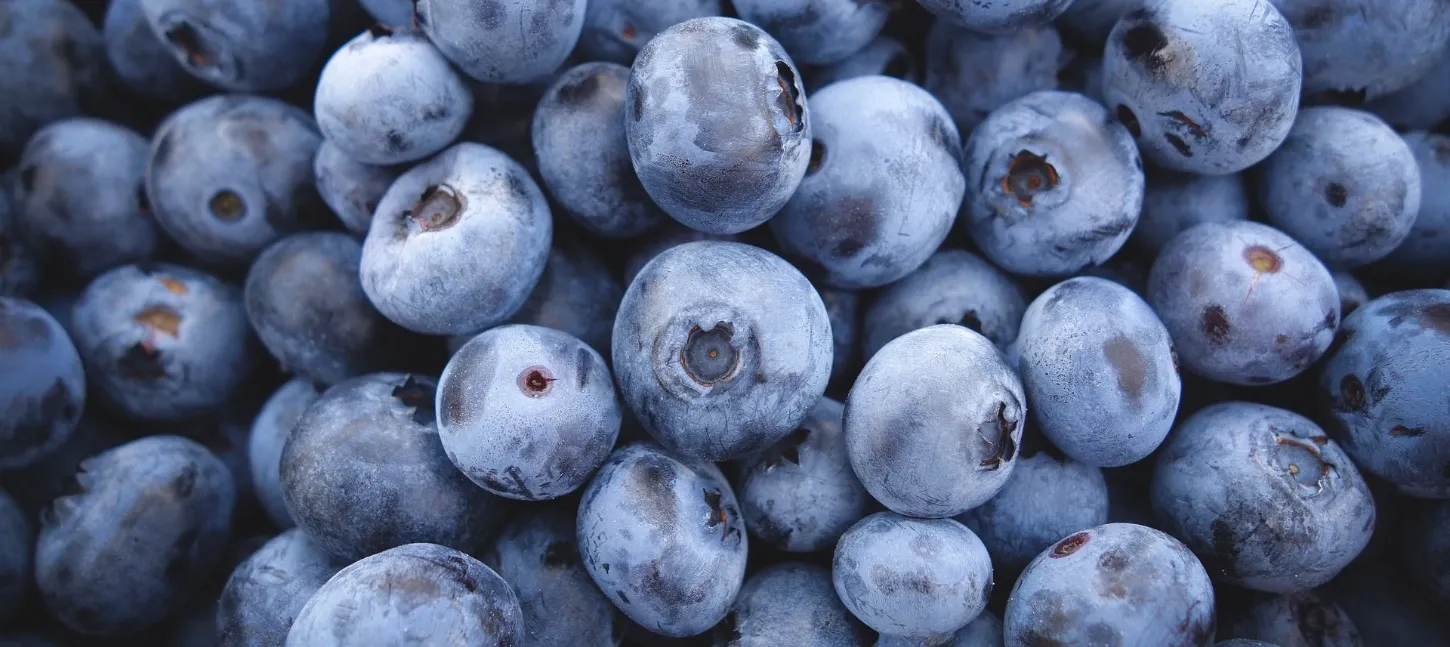How can we define those small, fleshy, juicy, roundish, colourful, often edible, sweet or acidic fruits, without stone even though they may contain seeds?
DEFINITIONS
In the Italian language there is no unambiguous terminology to define this category and several expressions are often misused as synonyms. Let's try to give a definition for common use.
Piccoli frutti (small fruits)
Small fruits is the trade term used mainly by Italian professionals in the sector (nurseries, producers, sellers) to define a category that includes blueberry giant American (or blueberry), raspberry, blackberry, currant and gooseberry from non-spontaneous crops, i.e. from intensive agricultural production.
Frutti di bosco (fruits from the wood)
It is a conventional category which includes the fruit whose plants develop in the particular humid and acidic soil of the undergrowth, in conditions of semi-shade and cold climate. It also includes sour cherries, sour cherries and some inedible fruits in the fresh state such as elderberry. It normally refers to wild crops.
Berries
The English word "Berries" is the term in common usage also in Italian for berries and strawberries.
Bacche (berries)
The term "berries" indicates, in botanical terminology, a type of fleshy fruit. On the contrary, in the common use are improperly indicated as "berries" also fruits of other kinds and cones (such as the juniper galbulus, the aggregate fruit of the strawberry or the laurel drupe), because they are small, fleshy and edible or used as flavourings; on the contrary, some real berries (such as the fruit of the pepper, the eggplant, the tomato and the grape berry), are not commonly indicated as such.
Frutti rossi (red fruits)
"Red berries" is a conventional category often used as a synonym for berries, it may also include strawberries and cherries.
THE CONSUMER
From the point of view of the Italian consumer we can divide these fruits into five categories:
CONTINUOUS AVAILABILITY
Fruits commonly found in normal retail channels, such as supermarkets and greengrocers, throughout the year. Includes strawberries, blueberry giant American, raspberry, blackberry, redcurrant.
DISCONTINUOUS AVAILABILITY
Fruits that due to their seasonality, poor shelf life or territorial spread are only found on sale to a limited extent. Includes wild strawberries (or strawberry), kiwiberry (or mini kiwi), gooseberries, blueberry Siberian (or haskap or turquoise honeysuckle), white currants, black raspberries.
INDUSTRIAL USE OR FOR PROCESSED PRODUCTS
Fruits that are generally not used fresh: goji, acai, oxycoccus, black elder, blackcurrant, sea buckthorn, chokeberry, camemoron (or arctic bramble).
PERSONAL CONSUMPTION
Fruits cultivated mainly for personal use or harvested wild: blueberry red, blueberry wild, mulberry (black, red or white), strawberry tree, dogwood, black pear, salmonberry, barberry.
NEW BERRIES
These are recent crossbreeds made by professional hybridizers: pineberry (or strawberry-ananas), rosé berries, tayberry, loganberry, boysenberry, youngberry, josta.









